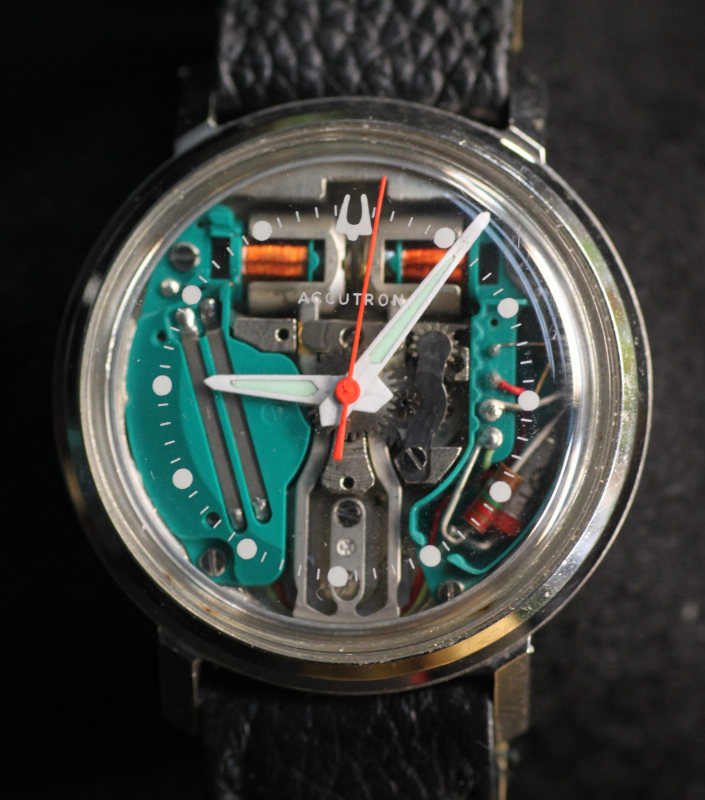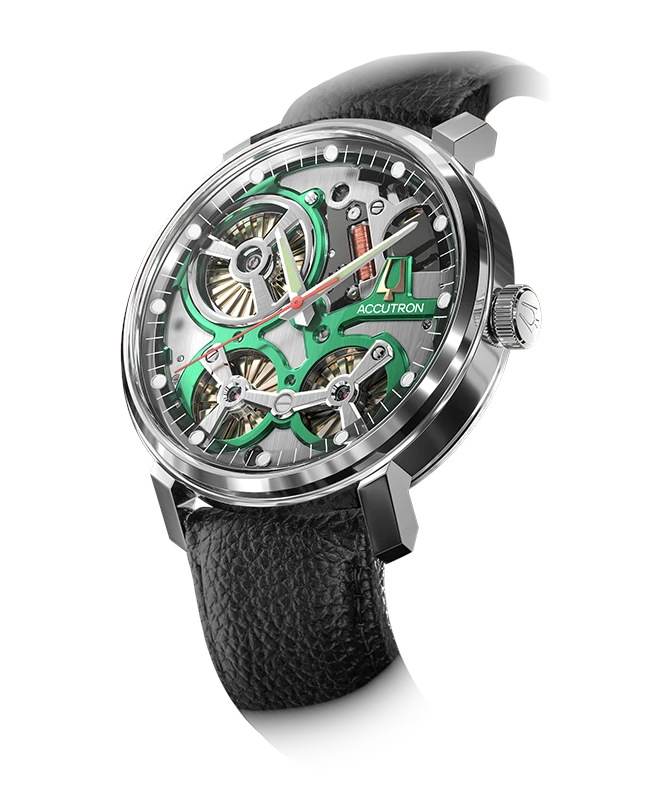This article started out as an introduction to the new Accutron Spaceview watch. This is the watch that takes the Bulova Accutron movement made in 1960 and propels it into the present-day horology industry. However, as with any good watch research session, I found myself digging deeper into the rabbit hole of movements outside the traditional mechanical movement that every watch lover knows. So, in this article, I will attempt to explain (probably very poorly) what makes this new Accutron watch special and how it differs from a standard quartz movement, the original Bulova Accutron and even a Seiko Spring Drive.
Although many watch enthusiasts will scoff at the idea of the cheap quartz movement, there is actually a ton of interesting principles behind how this works. Through the name, you’ll understand that the main component of the timekeeping mechanism is the quartz crystal. What I didn’t know is that these quartz crystals are actually shaped like tuning forks. And like tuning forks, they will vibrate when struck. Because of the properties of this crystal, it will vibrate at a frequency of 32,768 Hz which is basically 32,768 times in a second. Just as a comparison, the balance wheel of a traditional mechanical movement will oscillate at about 4 Hz. This quartz tuning fork is kept vibrating through the use of an electric current, and a series of electronic components will use this known frequency of 32,768 Hz and translate that to keep time in increments of 1 second. Interestingly enough the ticking sound that you hear is not the quartz crystal (the frequency is inaudible to human ears) but rather a step motor that is used to drive the watch hands.

If you have about 20mins, this video explains the quartz movement way better than I can.

Today, 60 years later, the Accutron has been revived. And instead of being launched within Bulova, it is now a standalone brand under the Citizen Group, that also owns Bulova. The new Accutron Spaceview 2020 And Accutron Spaceview DNA utilise a very different principle from its predecessor. Where the original Accutron used the regulator to drive the movement, this new Accutron uses a quartz crystal regulator and the new bit is an electrostatic motor that drives the hands of the watch. The principles of this electrostatic motor work on the attraction and repulsion of positive and negative electrical charges (much like how the conventional electric motor works based on the polarity of electromagnets) which also gives the seconds hand of the new Accutron the signature smooth sweep. The movement also has a built-in system that is capable of generating current from arm movements, much like the automatic movements that we are familiar with. The current is stored in capacitors and then delivered to the electrostatic motors when required.

With its open architecture, the cool bit is seeing this motor in action, reminding me not just of the original Accutron but also Seiko’s Spring Drive movement. Although visually, the smooth sweeping seconds hand and the rotating element on both these watches may seem similar, the concept behind them is pretty different. The Seiko Spring Drive is powered by a mainspring and uses an electronic braking system based on a quartz regulator to keep accurate time. As the spring unwinds to move the hands, it also generates the current needed to keep the electronic braking system functioning. So in a way, the Spring Drive is a movement that converts mechanical energy into electrical energy whereas, in the new Accutron, it uses electrical energy to drive the mechanical components. It looks similar in a visual circumstance but entirely opposite in its functional philosophy.

You may also like
-
What to watch when watching things about watches
-
Omega goes from outer space to deepest depths with the Seamaster Planet Ocean Ultra Deep Professional
-
Zenith moves forward following a turbulent 2020 and hints at a new project involving vintage watches
-
The smallest movement in the world was made in 1929?! It was called the Jaeger-LeCoultre Caliber 101
-
Montblanc brings art and craftsmanship to their NATO straps through a partnership with Julien Faure

